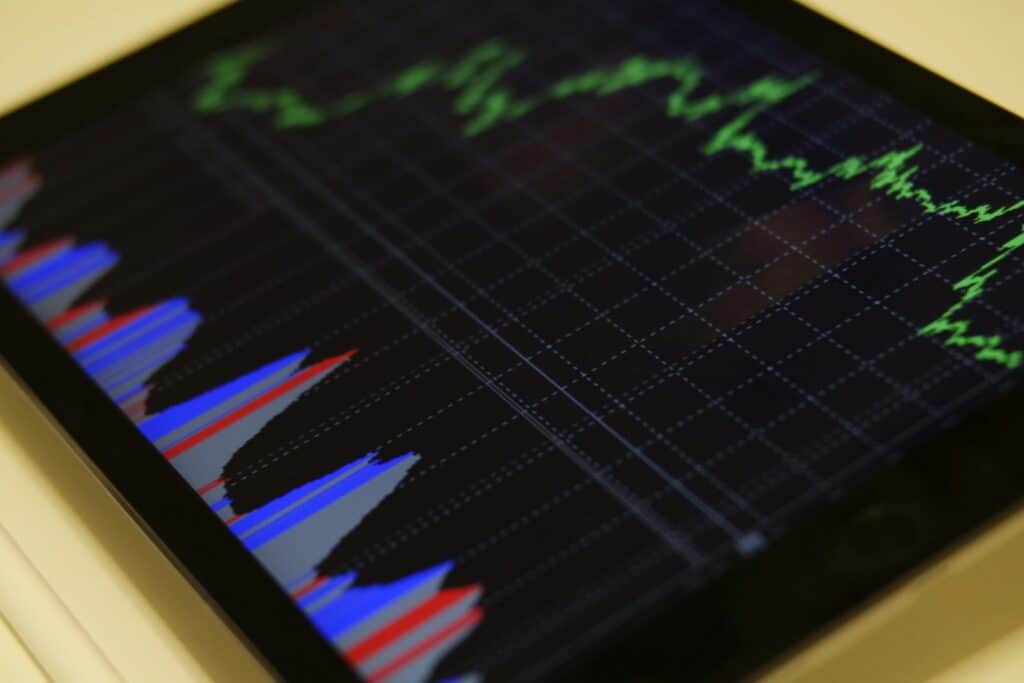In the age of artificial intelligence (AI) and machine learning, businesses are increasingly recognizing the power of big data and data analytics to drive growth and improve decision-making. Big data refers to the enormous volume of structured and unstructured data generated daily by businesses, customers, and devices. While this data holds immense value, its sheer size and complexity can be overwhelming. This is where data analytics, powered by AI, plays a crucial role in transforming raw data into actionable insights that help companies optimize operations, improve customer experiences, and forecast future trends.
This blog will explore the pivotal role of big data and data analytics in business intelligence, highlighting key tools like data warehousing, predictive analytics, AI chatbots, automation, and data visualization. We’ll delve into how AI enhances data processing and decision-making, as well as how businesses can leverage big data to gain a competitive edge in their respective industries.
Defining Big Data and Its Business Impact with AI
Big data refers to the massive amounts of data generated from various sources, including customer transactions, social media interactions, sensors from IoT devices, and more. The defining characteristics of big data—often referred to as the three Vs—are volume (the sheer amount of data), velocity (the speed at which data is generated), and variety (the different types of data, such as text, images, and videos).
In the digital era, businesses are collecting more data than ever before, but the challenge lies in making sense of this data and extracting valuable insights. This is where artificial intelligence (AI) comes into play. AI technologies, such as machine learning, data mining, and predictive analytics, allow businesses to process vast amounts of data at unprecedented speeds and accuracy.
The impact of big data on business growth is profound. Companies that harness the power of big data can make smarter decisions, improve operational efficiency, enhance customer experiences, and even develop new revenue streams. For instance, retailers can analyze customer purchasing patterns to predict future demand, while financial institutions can use predictive analytics to assess credit risk and prevent fraud. In each case, big data allows businesses to make more informed decisions based on real-time insights rather than relying solely on historical data.
How Data Analytics Turns Raw Data into Actionable Insights
The process of turning raw data into actionable insights begins with data analytics, which encompasses a range of techniques and technologies used to analyze and interpret data. Data analytics is the driving force behind business intelligence (BI), providing organizations with the tools they need to extract meaning from their data and use it to make informed decisions.
In an AI-powered world, data analytics takes on an even greater role. Artificial AI tools, such as AI chatbots and AI-driven analytics platforms, can process and analyze data much faster than human analysts. AI can sift through vast datasets, identify patterns and trends, and provide recommendations based on these insights.
For example, a business may use AI to analyze customer feedback collected through surveys, social media, or AI chat interactions. By using sentiment analysis, a form of data analytics that gauges the emotional tone of customer feedback, businesses can gain a deeper understanding of customer satisfaction and identify areas for improvement. These insights can then be used to enhance customer service, improve products, and strengthen brand loyalty.
One of the key advantages of AI-powered data analytics is its ability to handle both structured and unstructured data. While structured data, such as customer demographics or sales figures, can be easily analyzed using traditional BI tools, unstructured data, such as social media posts or video content, requires more advanced analysis techniques. AI and machine learning algorithms excel at processing unstructured data, making it possible for businesses to extract valuable insights from sources that were previously difficult to analyze.
Using Data Warehousing for Better Data Management in AI-Powered Businesses
With the increasing volume of data being generated, businesses need an efficient way to store and manage this information. This is where data warehousing comes in. A data warehouse is a centralized repository that stores large amounts of data from various sources, making it easier to access and analyze. Data warehousing is a critical component of big data analytics and business intelligence, as it allows businesses to organize and store their data in a structured format that can be easily queried and analyzed.
For AI-powered businesses, data warehousing is especially important. By integrating AI with data warehousing systems, businesses can automate the process of data extraction, transformation, and loading (ETL), making it easier to process large datasets in real time. This enables businesses to access the most up-to-date information and make more timely decisions.
Moreover, data warehousing supports IoT data integration, which is becoming increasingly important as more businesses adopt IoT devices. IoT data is typically generated in real time and at high velocities, making it difficult to manage using traditional databases. By using data warehousing systems, businesses can store and analyze IoT data more effectively, allowing them to monitor operations, predict equipment failures, and improve overall efficiency.
Predictive Analytics for Forecasting Market Trends
One of the most powerful applications of big data and data analytics is predictive analytics, a technique that uses historical data to forecast future outcomes. Predictive analytics is widely used in industries such as finance, healthcare, retail, and manufacturing to predict customer behavior, assess risk, and optimize operations.
Predictive analytics relies heavily on machine learning algorithms, which are capable of analyzing large datasets and identifying patterns that can be used to make predictions. For example, a retailer may use predictive analytics to forecast demand for specific products during different times of the year. By analyzing past sales data, AI algorithms can predict which products will be in high demand, allowing the retailer to adjust inventory levels and avoid stockouts.
In the financial sector, predictive analytics is used for risk management and fraud detection. By analyzing transaction data in real time, AI algorithms can identify suspicious patterns that may indicate fraudulent activity. This allows financial institutions to take proactive measures to prevent fraud before it occurs.
Predictive analytics is also valuable for business intelligence purposes, as it enables companies to make data-driven decisions based on future trends. By incorporating predictive analytics into their BI systems, businesses can stay ahead of the competition by anticipating market changes and adjusting their strategies accordingly.
Key Tools and Technologies for Big Data Analytics
To fully harness the power of big data and data analytics, businesses need the right tools and technologies. Below are some of the key tools and technologies that are driving innovation in the field of big data analytics:
1. Artificial Intelligence (AI) and Machine Learning
AI and machine learning are at the heart of big data analytics. These technologies allow businesses to process and analyze large datasets quickly and accurately. By continuously learning from new data, AI models can improve their predictions over time, making them more reliable and effective.
2. Data Warehousing
As mentioned earlier, data warehousing is essential for storing and managing large datasets. Data warehouses provide businesses with a centralized location for their data, making it easier to analyze and access. By integrating AI with data warehousing, businesses can automate data processing tasks and improve the speed and accuracy of their analytics.
3. Predictive Analytics
Predictive analytics is a key tool for forecasting future trends and making data-driven decisions. By using AI and machine learning algorithms, businesses can analyze historical data and make predictions about future outcomes, such as customer demand, market trends, and risk factors.
4. Data Visualization
Data visualization is a critical component of business intelligence and big data analytics. By presenting data in visual formats, such as charts, graphs, and dashboards, businesses can quickly understand complex datasets and make more informed decisions. AI-powered data visualization tools make it easier to identify patterns and trends in data, enabling businesses to gain insights at a glance.
5. AI Chatbots and Automation
AI chatbots and automation tools are transforming how businesses interact with customers and manage operations. AI chatbots can analyze customer data in real time, providing personalized recommendations and improving customer service. Meanwhile, automation tools powered by AI can streamline business processes, reducing the need for manual intervention and improving efficiency.
Conclusion
The role of big data and data analytics in business growth cannot be overstated. By leveraging the power of AI, machine learning, predictive analytics, and data warehousing, businesses can transform raw data into actionable insights that drive growth and innovation. From improving customer experiences to optimizing operations and predicting market trends, big data and data analytics are essential tools for businesses looking to stay ahead in today’s competitive landscape.As more companies adopt AI-powered technologies, the ability to harness big data effectively will become even more critical. By investing in the right tools and strategies, businesses can unlock the full potential of their data and position themselves for long-term success in the digital age.













